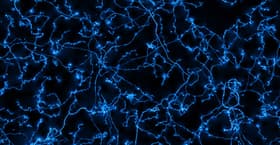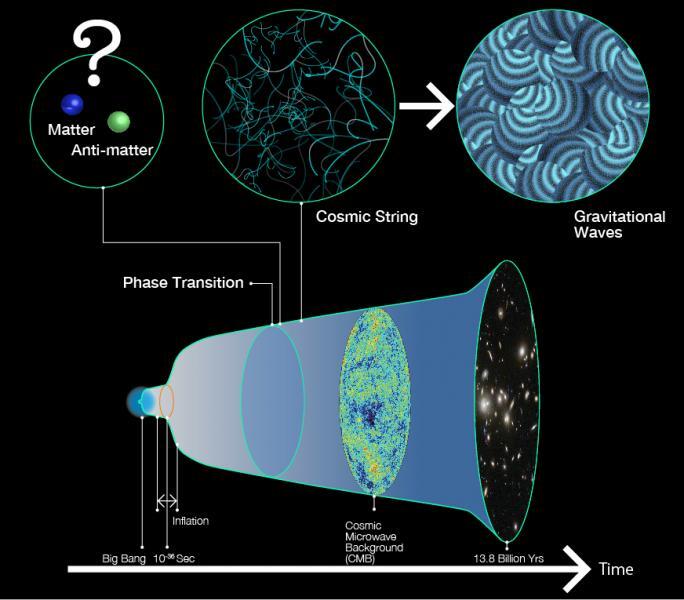The Big Bang theory explains how the universe came to be – but, ironically, if followed to the letter it also suggests that we shouldn’t exist today. That’s because equal amounts of matter and antimatter should have been created, which would just have annihilated each other. But now, physicists have proposed a new theory that explains the mystery – and outlined how we can find direct evidence of it.
But we should be thankful for that rarity. Antimatter particles have the opposite electrical charge to matter, and if ever the two should meet they’ll destroy each other in a burst of energy. That could be handy for future space travel, but it also suggests that such a voyage would be pretty dull, since everything in the universe would have completely annihilated itself over time.
The fact that we’re here questioning this right now means that obviously, that didn’t happen. But why? By all accounts the Big Bang should have produced matter and antimatter in equal amounts, so where did all the antimatter go? And why did matter win what should have been an evenly-matched war? Those are some of the biggest unanswered questions in cosmology.
Our own existence suggests that somehow, at some point in time, some antimatter must have turned into regular matter. Even if the imbalance is as tiny as one part in a billion, that could leave enough matter behind after all the annihilation to make the stars, galaxies, planets, people and pizza that we see today.
The problem is that matter and antimatter can’t just swap teams easily, since they have opposite electrical charges. All except the neutrino – these tiny, fundamental particles are the only ones we know of that have a neutral electric charge. Since the opposite of zero is still zero, neutrinos could be their own antiparticles. That means that neutrinos could have switched sides, with a little help from the universe undergoing a phase transition.
“A phase transition is like boiling water to vapor, or cooling water to ice,” says Hitoshi Murayama, co-author of the study. “The behavior of matter changes at specific temperatures called critical temperature. When a certain metal is cooled to a low temperature, it loses electrical resistance completely by a phase transition, becoming a superconductor. Just like a superconductor, the phase transition in the early universe may have created a very thin tube of magnetic fields called cosmic strings.”
That could be because they’re hiding further back in time than we can see. It’s thought that cosmic strings would have formed relatively quickly after the phase transition, and this would all have taken place within the first million years or so of the universe’s existence.
Unfortunately, light only allows our telescopes to look back about this far before background radiation washes everything out. But there is another way to study what happened before then – gravitational waves. These ripples in the very fabric of spacetime are given off by huge cataclysms like black holes merging, and we’ve been detecting them pretty consistently since 2015.
According to the researchers on the new study, these cosmic strings may also have left gravitational imprints on spacetime, which we could detect. Granted, they’d be much smaller than the ones we currently find with LIGO and other instruments, but they’d also look very different, allowing scientists to tell them apart.
“The recent discovery of gravitational waves opens up a new opportunity to look back further in time, as the universe is transparent to gravity all the way back to the beginning,” says Graham White, co-author of the study. “When the universe might have been a trillion to a quadrillion times hotter than the hottest place in the universe today, neutrinos are likely to have behaved in just the way we require to ensure our survival. We demonstrated that they probably also left behind a background of detectable gravitational ripples to let us know.”
The research was published in the journal Physical Review Letters.
Source: Kavli IPMU


